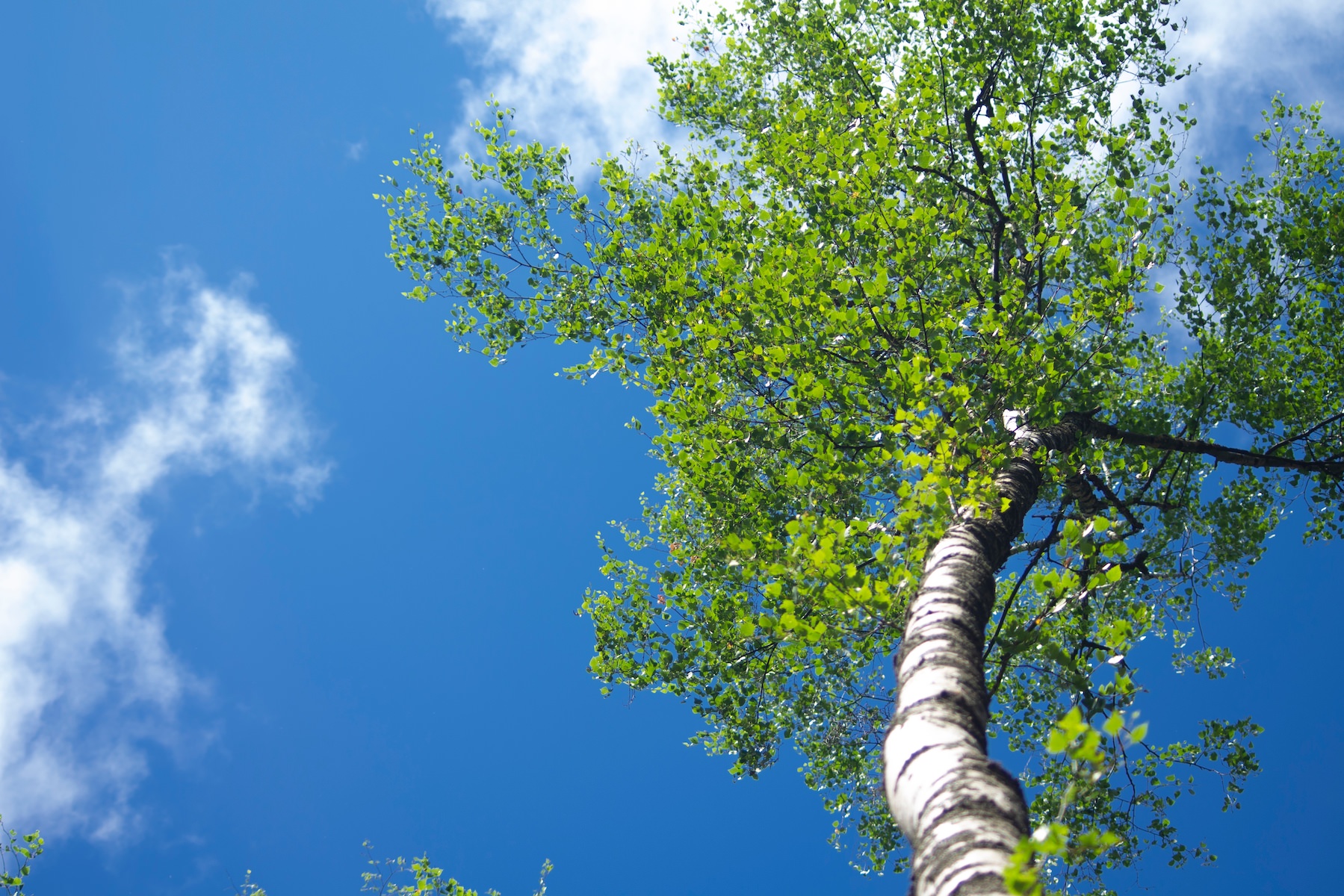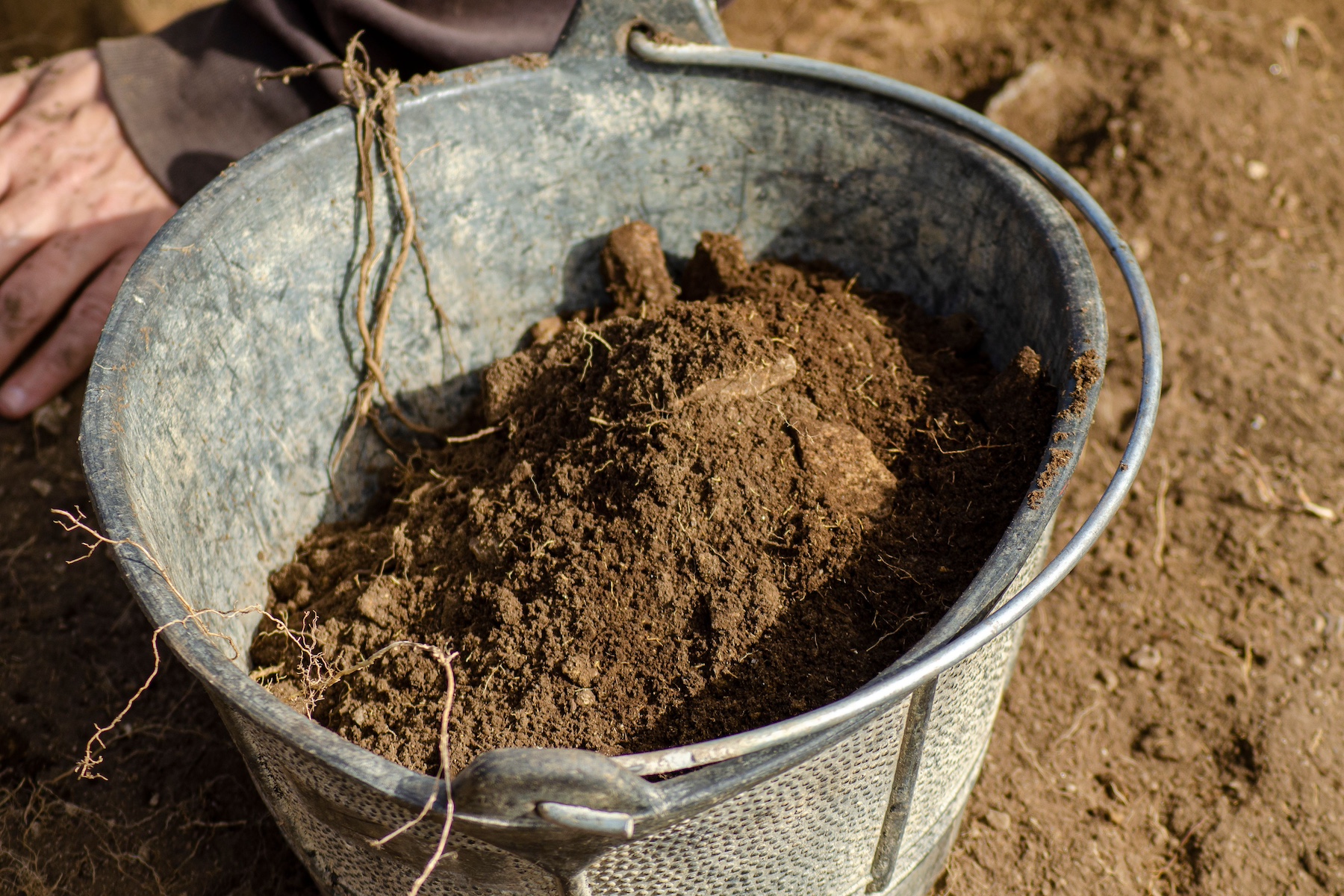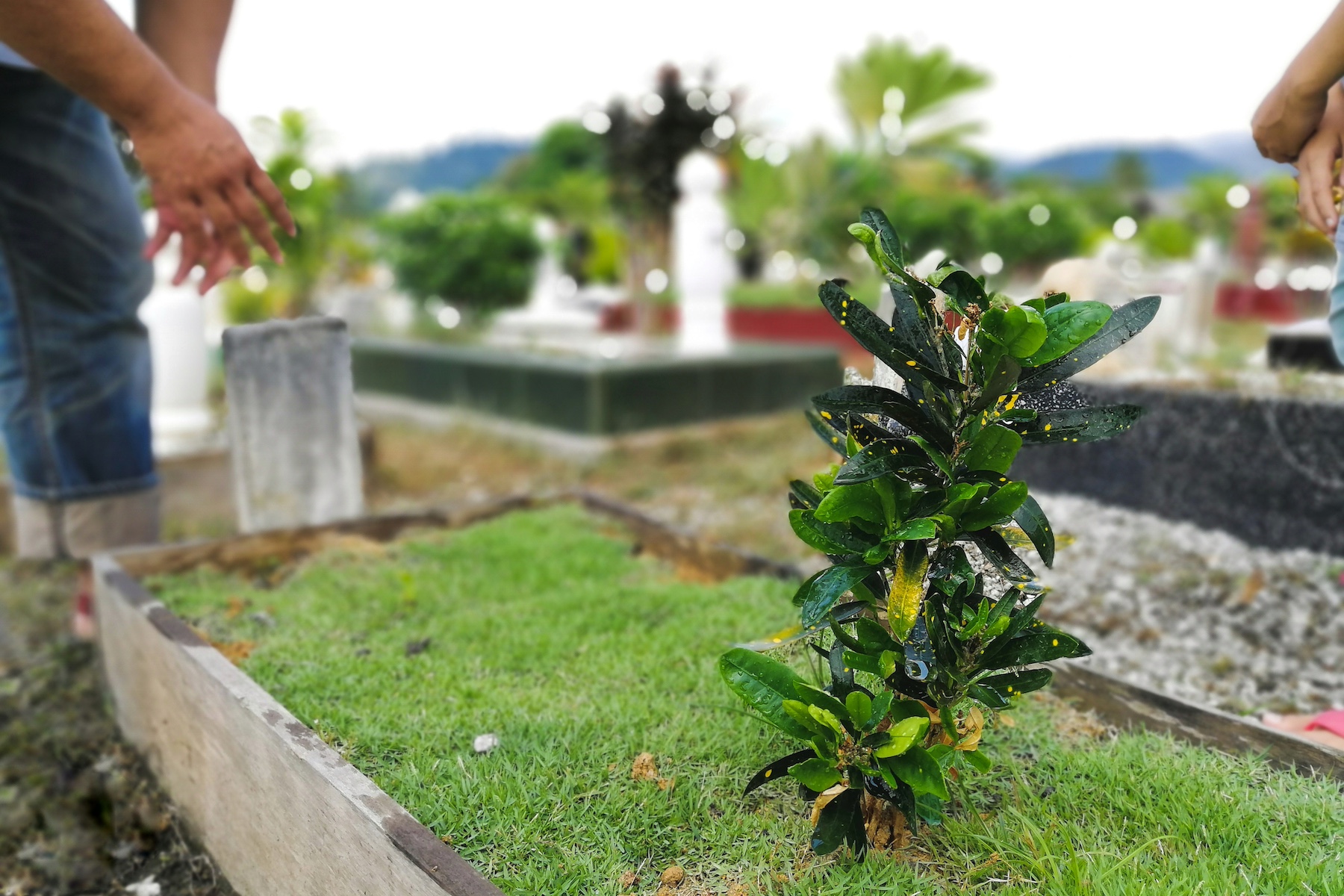Some people are considering green burial or cremation because they like the idea of becoming a tree when they die. Instead of being laid to rest in a manmade coffin where the body slowly decomposes, the body is buried in a cloth shroud or the cremains are buried in an urn or poured directly into the ground. Then a tree is planted on top of the burial site.
Sounds pretty simple, right? Unfortunately, it isn’t that easy in reality.
Misconception #1 – It’s Easy to Grow a Tree
The biggest misconception is that growing a tree is easy. It’s actually quite difficult to grow many types of trees, especially if you’re trying to do it from a seedling. Even planting a mature tree isn’t a guarantee it will live.
Your best bet at a gravesite is to plant a tree that’s semi-mature with good root system growth. The tree selection also matters. Trees that are native to the area always have the best chance of thriving. The water and sunlight needs are also important, particularly in the early stages after planting.
Misconception #2 – Cremains From the Funeral Home Can be Used to Grow a Tree
After a cremation is complete, the family will receive the cremains. Although it looks harmless, cremains are not conducive for plant growth and can actually be quite harmful. They’re high in alkaline, and the salinity isn’t ideal for the soil. Most likely the cremains would cause plants around it to die rather than flourish. There are service providers that say they can treat the cremains to reduce the alkalinity, which increases the chance of the tree surviving.
Misconception #3 – You Need a Special Urn to Grow a Tree
There are companies that sell urn specifically for planting a tree, but do you need them? The short answer is no. There are ways to plant a tree on top of cremated remains without using a specialized urn.
Start by choosing a tree with a root structure that grows out, not down. The cremains should be buried at least 18 inches beneath the tree. It’s also best to put down an organic compost to nourish the tree and act as a barrier between the cremains and the tree’s roots. This is the process used by Life Forest, a company that specializes in planting trees at woodland burial plots.
Misconception #4 – There’s No Issues With Planting a Tree Over a Natural or Green Burial Site
There are several reasons why natural burial isn’t best for tree growing. For one, it could be against cemetery rules because planting a tree would require filling the burial site with a lot of water. Planting a tree can disrupt the decomposing of the body since all of the water needed for planting makes the surrounding soil colder.
And what do you think could happen as the root structure grows and gets bigger? The remains could possibly be pushed up toward the surface.
If natural burial is the preference, the better option is to bury the body beside a mature tree rather than planting a tree directly over the burial plot.
Misconception #5 – Planting a Tree at a Burial Site is Good for the Environment
Planting a tree over a grave could be good for the environment, or it might be harmful. When flora and fauna are established, introducing an outside plant can disrupt the environment. The new tree could throw off the balance in the biosphere or deprive other plants of nutrients. Since the goal is to add to nature, not hurt the environment, you can’t assume planting a new tree will be beneficial.
There are a lot of misconceptions surrounding end of life services. If you have questions or need clarification about direct cremation and burying cremains, please give our team a call or email. We’re available 24/7 to provide assistance.



